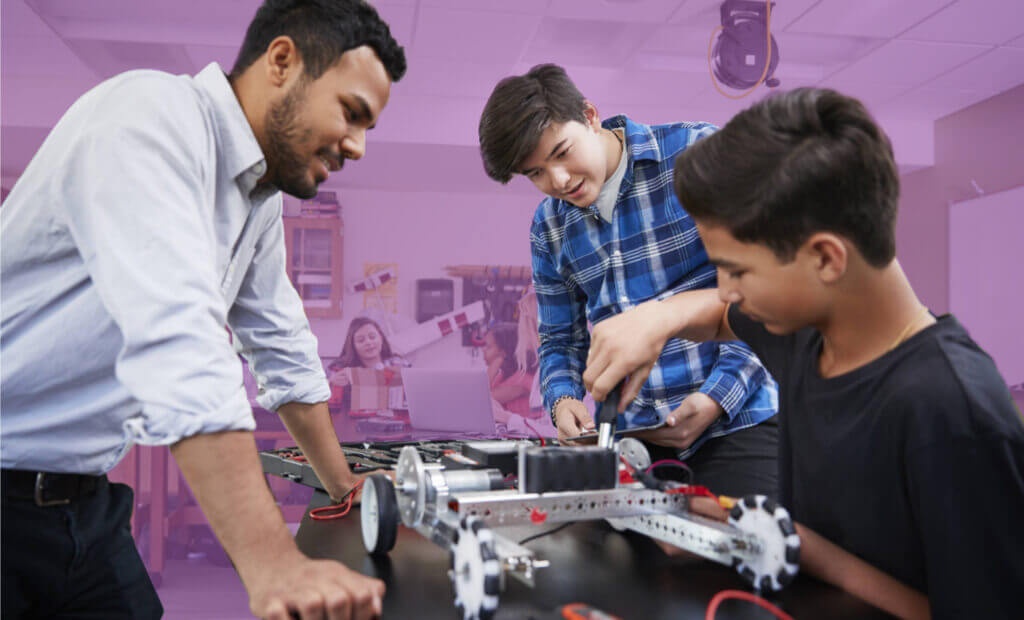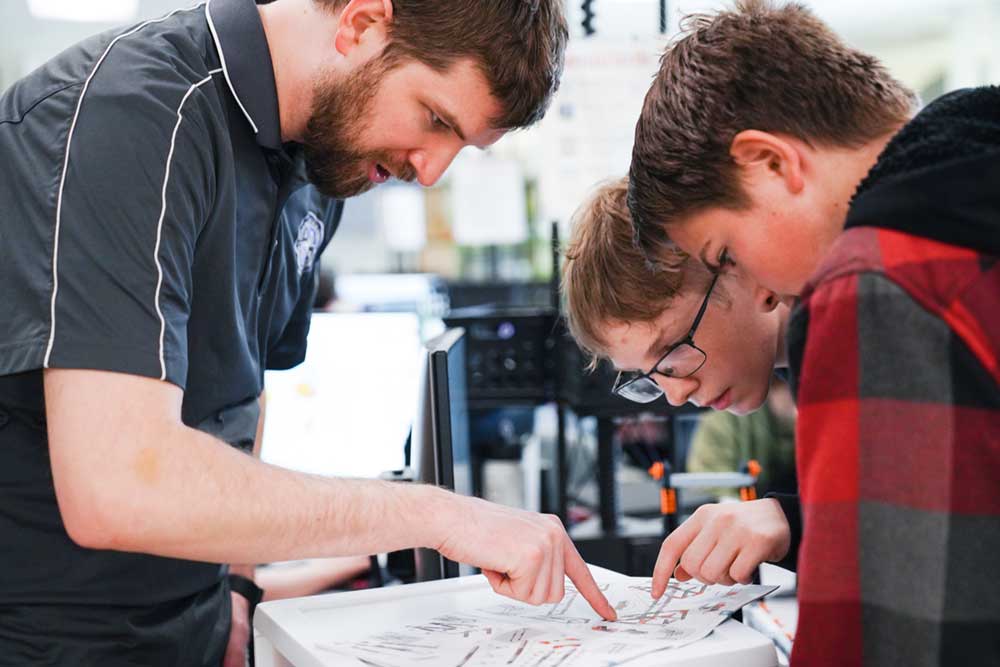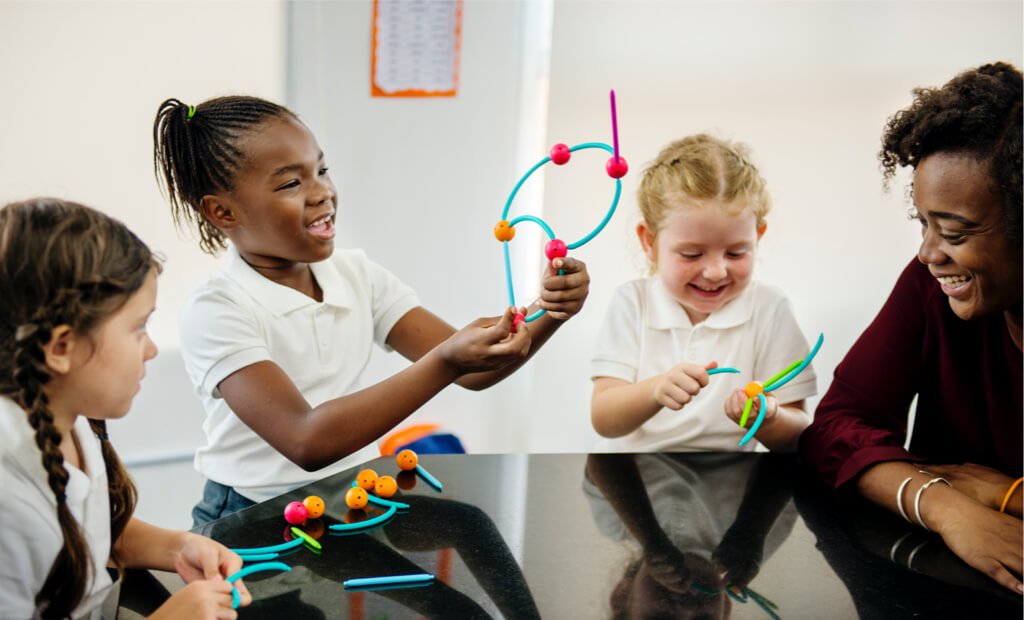Hitting the Reset Button: Digital Learning Lessons from the Field
If you read the first post of our Lessons from the Field series, you know that many teachers like you are supporting distance learning for the first time. This series is your chance to learn from colleagues while sharing your thoughts with us in the comments. (If you missed last week’s installment, read about the power of choice.)
With only a few weeks left in the academic year, state officials, superintendents, and other school leaders are preparing for the fall semester of the 2020–21 school year.
I’ve heard a variety of options being discussed: continued distance learning, smaller class sizes to allow for social-distancing, shorter school weeks, A/B schedules for all grades, and blended learning. With all of these possibilities, it won’t surprise me if we see some or all of these scenarios occur throughout the country.
As you wrap up the school year, harness the learning you’ve gained over the past few months, then prepare to engage your students in meaningful learning this fall.
Learning by Failing
In a SmartLab, Facilitators empower their students to find solutions to the challenges they encounter. Sometimes, those solutions work and sometimes they don’t. And that’s okay! You can learn just as much from a failure as a success.
This week, we’ll learn from the successes and failures of Brian Youngren, a SmartLab Facilitator from Montana. He learned a valuable lesson as he transitioned to distance learning.
“I made a mistake of setting up the digital space as if everyone was in the room, and that the students knew exactly what I expected and what should be completed by the due date. I expected screenshots, documentation, videos, pictures, etc. That just wasn’t realistic in every circumstance and household.”
In a SmartLab, students direct their own learning and are largely independent in their problem-solving and project work. However, learning entirely in the digital space is an adjustment for most, if not all, students, regardless of their brick-and-mortar education background.
Looking to the Fall
Regardless of whether your school resumes in-person classes this fall or continues some form of distance learning, it’s important to prepare your students for online learning. Since entering this nationwide experiment of distance learning, public educators are seeing a new way to continue learning when in-person classes aren’t possible. Whether it’s another pandemic or a snowstorm, it’s likely that schools may no longer halt learning for unforeseeable events.
As he looks to the years to come, Brian shares how he plans on using the lessons he’s learned to prepare his next group of students for successful digital learning.
“Having been thrust into distance learning and seeing the problems that have come with it (as well as knowing that more issues could arise), I plan on front-loading my online platforms at the beginning of the year and/or when my classes change. If and when I get kids back in the classroom, I’ll spend time teaching them how to use the platforms, then we’ll review and come up with best practices and clear expectations. I might even do a project or set of lessons that replicate digital learning so that students and parents aren’t surprised by the activities.”
Considerations for 2020–2021
This summer, you’ll inevitably spend time thinking about the next academic school year. As you begin planning, consider:
- What routines and structures will you establish in the digital space?
- What are your expectations for distance learning and how do these differ from students’ previous experiences in a brick-and-mortar classroom?
- How will you introduce your LMS and the other technology used to support online learning?
- If your school will be using a blended learning model, how will you coordinate in-person support with independent, digital work?
Whether it’s the new school year or five years from now, let’s proactively prepare our students for distance learning so there’s no pause in their education. Not only will this help during unexpected times, but it can also open up opportunities to leverage student independence and digital tools to transform the learning experiences of your students.





